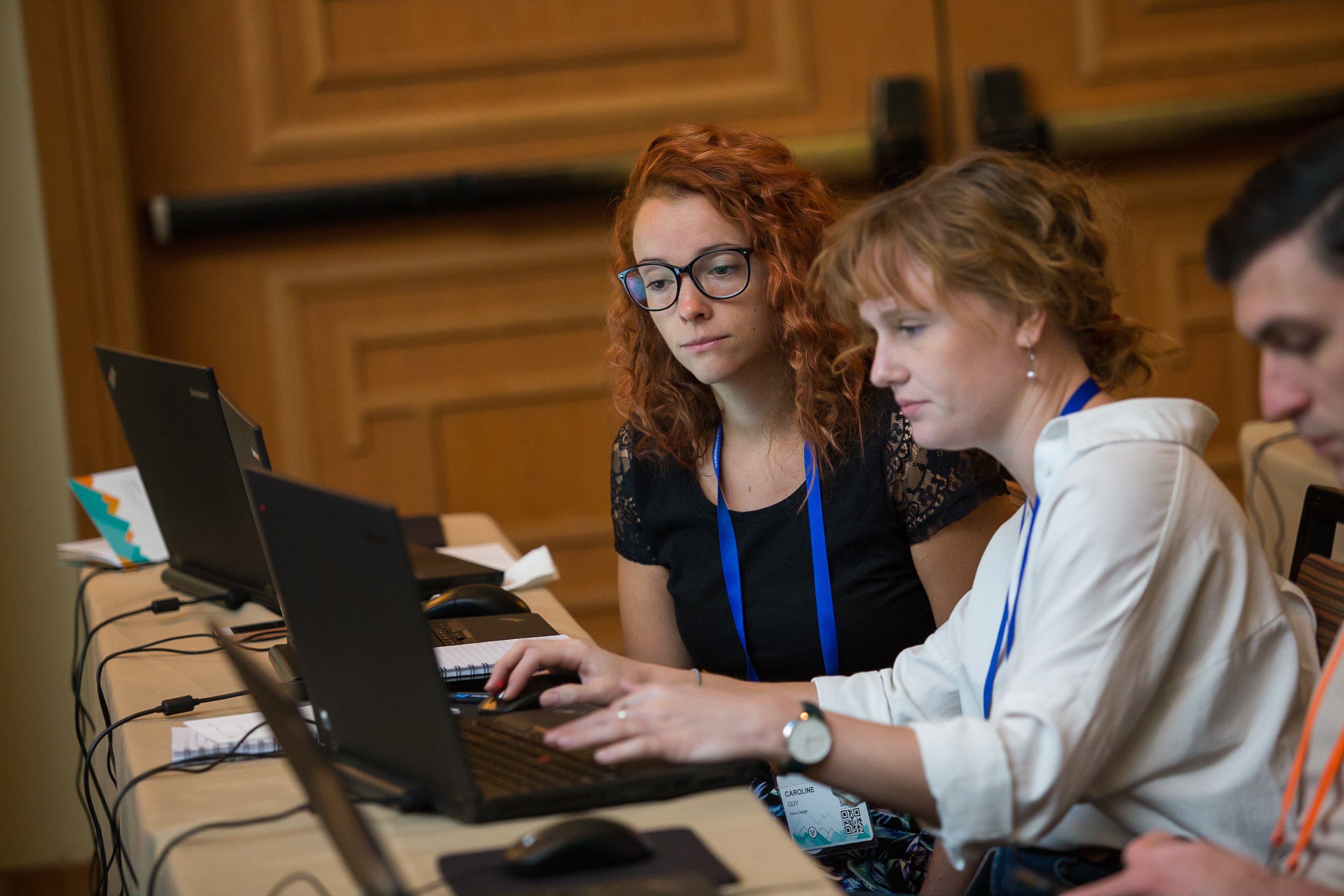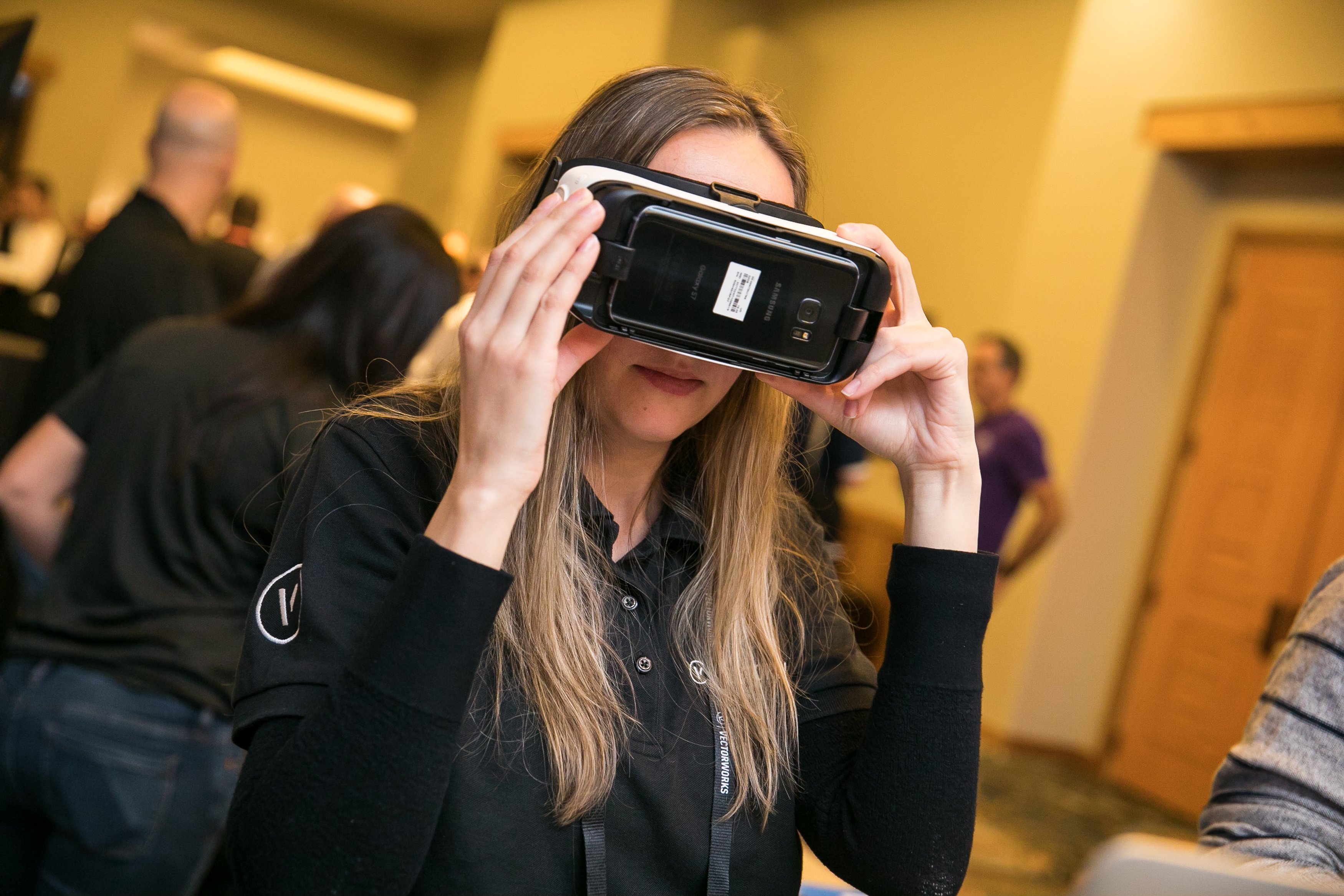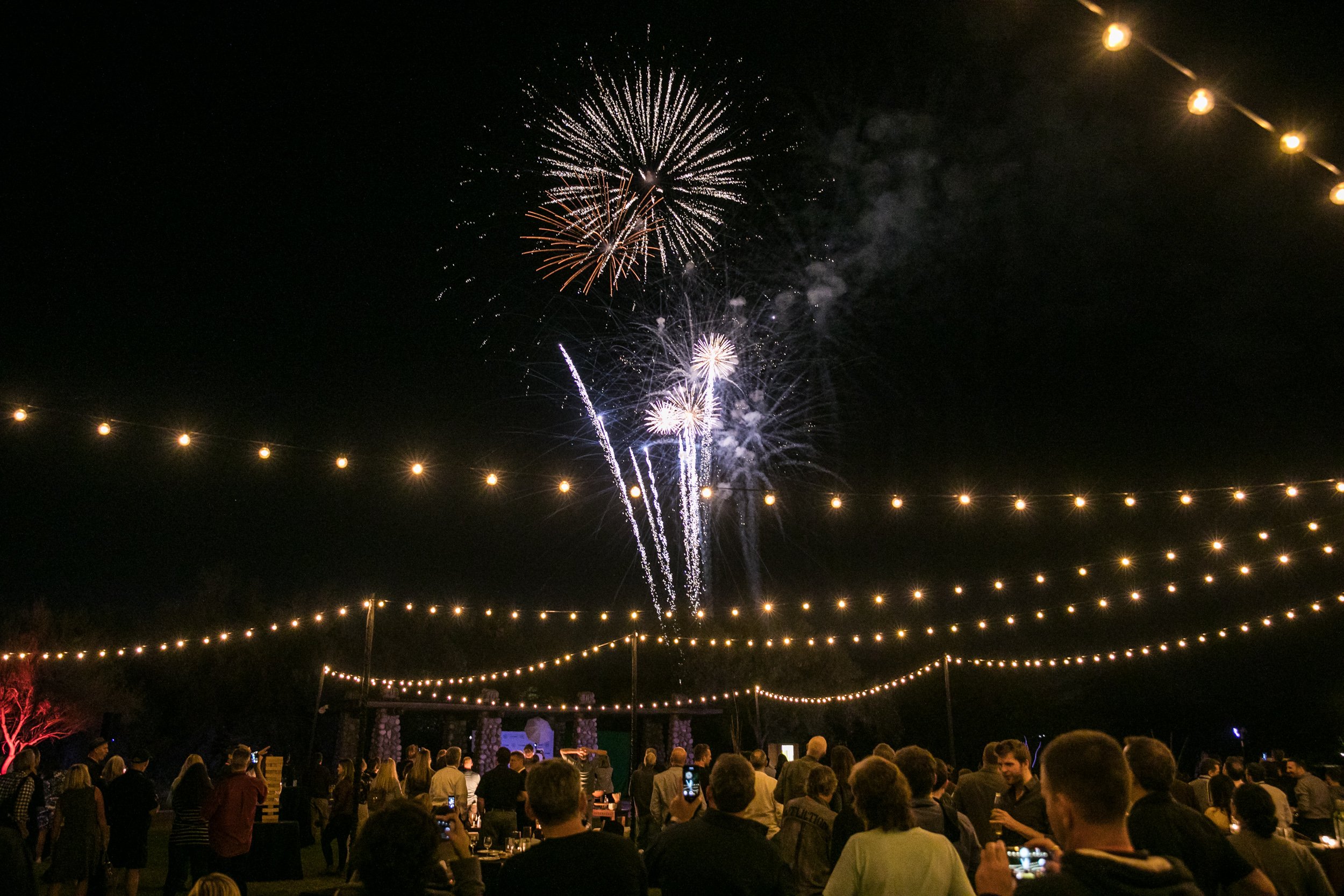“How do you know when you’ve made a bad production?” was the question lighting visualizer James Simpson posed to a full house during his session, “Design Visualization for Entertainment” at the 2018 Vectorworks Design Summit, held November 4-6 in Phoenix, Arizona.
“Most productions find out if they made a bad production on the first night when they get reviews,” Simpson explains in an interview after the highly successful presentation. “To counter that, let's make better productions by using digital visualization across the wider ecosystem of design.”
Halfway through his 5-year PhD, Simpson has been conducting research on “Engaging Creative Realities: reinventing the theatre design process through digital visualization.” His belief is that all teams that contribute towards the design of the final show can benefit from visualization.
Simpson has found the perfect analogy. “When you go shopping for clothes, and you put on a hat and shirt and the colors clash, you ask yourself, do all these things work together? It's the same for the theatrical design. Often, you work on your one thing in isolation, whether it is costumes, sets, or lights. These things often don’t get seen together for the first time until the technical rehearsal or maybe a dress rehearsal, by which time it is too late to change anything.”
Simpson has identified a total of 65 different design elements that fit into visualization, but currently, visualization usually includes only three or four: lighting, scenery, moving scenery, and on occasion, projection. “I'm trying to find out if all these different components could be combined into a single visualization platform to bring all those things into one place,” he says. His hope? That one day Vectorworks software will be the place where all these points intersect.

“I think that's a really important part of Vectorworks’ philosophies,” Simpson adds. “They're creating data formats that can be shared to different platforms because that makes it usable, like the new GDTF protocol. Everyone will always have the latest version, minimizing room for mistakes and speeding up the pace of production design, and that's the dream.”
“My only hope for the future is that Vectorworks sticks with that track and keeps engaging with the user base to make sure that they're doing what's actually useful to us because they're the experts in making good software, and we're the experts in using it,” he states. “It's a symbiotic relationship, and particularly this year, I've really enjoyed having a really engaging relationship with Vectorworks.”
When he is not working on his research or playing with his children, Simpson handles the lighting visualization for the Royal Opera House (ROH) in London where they have been creating lighting in Vectorworks and exporting to Vision—a product of Vectorworks, Inc.—for the past ten years.
With a venue like ROH where there is a different show every night of the week, with different lighting designers from around the world, various programs, from AutoCAD to 3ds Max, have been utilized over the years. However, in the past few years, more and more lighting designers are bringing their Vectorworks drawings to the table.
“I’d love to bring the entire lighting team, and even the drawing department, into Vectorworks rather than people using it piecemeal,” Simpson says. “The dream is that we have a complete lighting ecosystem in Vectorworks.”

Currently, the ROH employs Vision near the end of the design process because it is a select, practical tool that transfers lots of information for the stage. The visualization itself often depends on the designer. “If we know the designer well, we can include what they like and avoid what they don't like. For example, I've worked with Bruno Poet a lot, and I know he likes the scenery to move so he can see it moving in transition with the lighting. He likes really bold looks and is not that bothered about the textures on the model. For designers I haven't worked with before, I have to guess what they want so I just pull out all the stops in case they need those details,” Simpson relates. “The main thing I always want is lighting accuracy, which is something that can be hard to achieve in certain programs. But Vision has always been very accurate because it can calibrate the lights to a very fine degree.”
While the worldbuilding in Vectorworks Virtual Reality (VR) is excellent and simple to export, VR technology is still not everywhere. “Not everyone has a VR headset,” says Simpson. “While it is a brilliant tool for those that have the equipment, most people have some sort of tablet. So that's why the AR is really good because you can do very practical things like measuring the room, a future feature I saw for the first time during the Summit’s opening keynote.”
Vectorworks CEO Dr. Biplab Sarkar led the opening keynote at the 2018 Design Summit where examples of the upcoming augmented reality (AR) capabilities in the Vectorworks Nomad mobile app were showcased, earning “ohhs” and “ahhs” from the crowd.
“I certainly think that the work Vectorworks is doing with augmented reality is really exciting,” Simpson adds. “Being able to see a hologram of your set design and have somebody updating it in realtime in response to the director’s questions or suggestions is a really nice way of making the 3D model more tangible to designers and directors, particularly directors and choreographers who are often very visual people and are not interested in plans on the screen because they just don't trust them. But if you show them a hologram of that stage, there's something more realistic about that. That's why that app really changes the way directors and designers engage with Vectorworks and 3D models.”
However, Simpson has found that making it too realistic can impact the believability of the visualization. “The Uncanny Valley is something that keeps popping up in my PhD research,” he comments. “It originally came from robotics where scientists wondered if they should make the robot look realistic like a human or like something else that won’t scare people. For example, Sophia [developed by Hanson Robotics] looks real, but you know she is not and you get this strange feeling. It’s uncanny. This can be applied to visualization. It is amazing how many people came up to me after my presentation and said, ‘I never know how far to take the realism.’ If you make it too realistic, then designers get caught up in the wrong details, say the color of the door. But if you make it more functional, they focus on what needs to be focused on.”

Overall, the Design Summit was a success for Simpson. “The Summit is brilliant. It is such a great event. I'm really grateful to Vectorworks for bringing me out here. This is my first time to the U.S. so this is such a good place to experience the U.S. for the first time. The environment is so comfortable and social, and that's the best advantage—all these users in one place—sharing experiences, which gives you some confidence that what you're doing is in line with other people who have similar problems and solutions.”
His favorite part? The fireworks at the Customer Appreciation Party on Monday. “I missed the fifth of November, UK’s annual fireworks night, and I missed doing the fireworks with my children, and I was a little sad despite being here so when the fireworks went off at the party, I got a little emotional if I am honest. It wasn't just that I miss my family, but it was just this moment where I realized all these people around me were like this Vectorworks family, sharing our experiences as well as that one moment. That will be a memory to keep.”
*All photos by Jason Dixson Photography and images courtesy of Vectorworks, Inc.